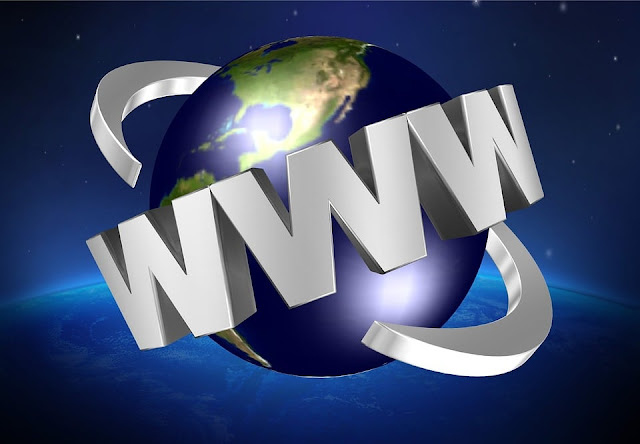It's challenging to provide an exact count of lines of code (LOC) in operating systems like Windows, macOS (formerly known as Mac OS X), and Linux due to the vast and complex nature of these systems. Additionally, the codebases of these operating systems can change with updates and versions. However, I can offer rough estimates as of my last knowledge update in September 2021:
Windows: Microsoft Windows is known for having an extensive and complex codebase. Windows 10, for example, was estimated to have around 50 million lines of code. It's reasonable to assume that newer versions, such as Windows 11, would have a similar or larger codebase.
macOS: macOS, the operating system used on Apple Macintosh computers, is based on Unix and has a sizable codebase. As of macOS 10.15 Catalina, it was estimated to contain tens of millions of lines of code.
Linux: The Linux kernel, which is the core of the Linux operating system, had over 28 million lines of code as of this post. This number can vary depending on the distribution and the specific components included.
Please note that these estimates can change over time as new features are added, and existing code is modified or optimized. Additionally, these numbers do not include software applications and utilities that are bundled with these operating systems, which would significantly increase the overall LOC count.
It's essential to keep in mind that the size of the codebase doesn't necessarily correlate with the performance or quality of an operating system. The efficiency and functionality of an OS depend on various factors, including the organization of the code, the skill of the developers, and ongoing maintenance efforts.





















